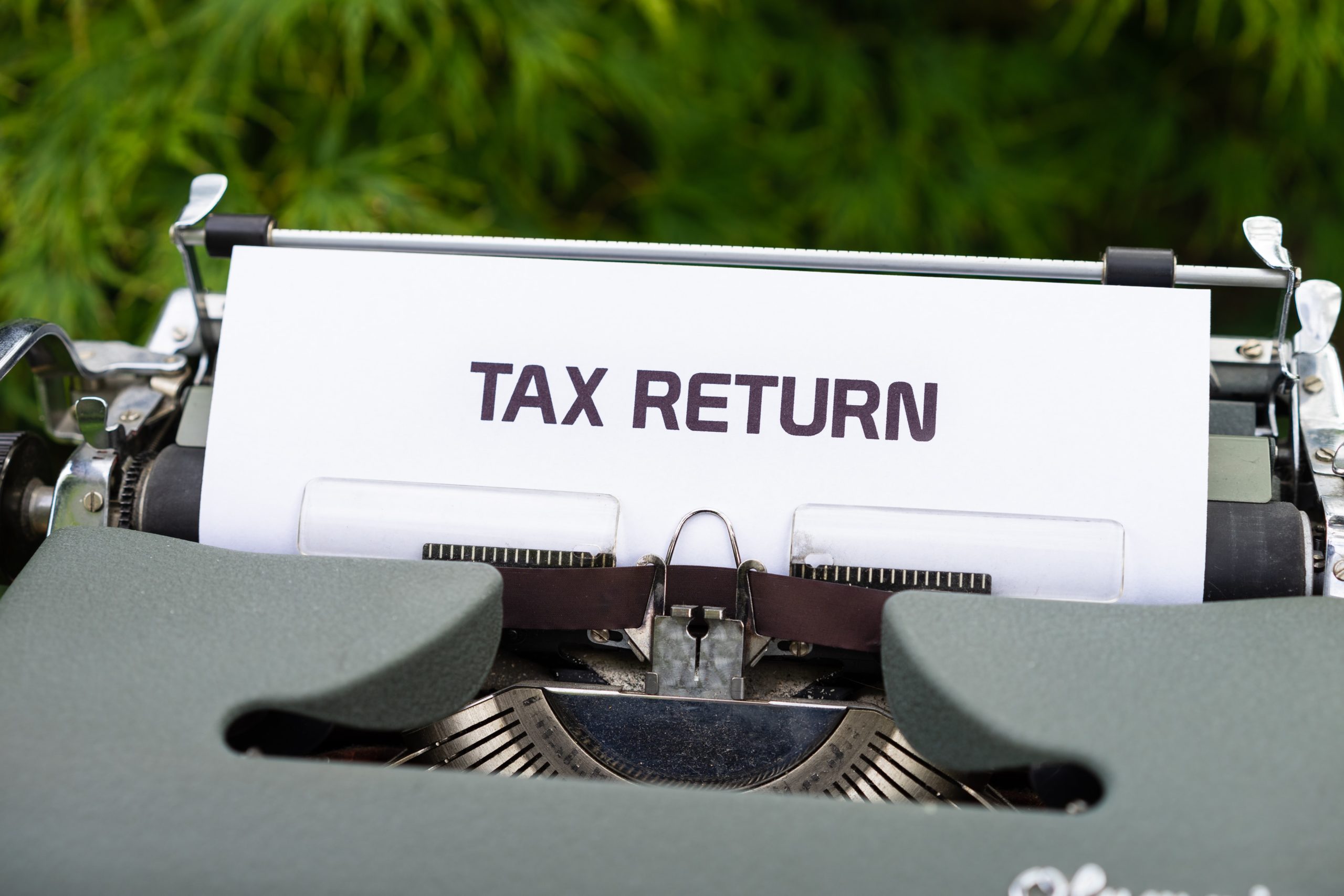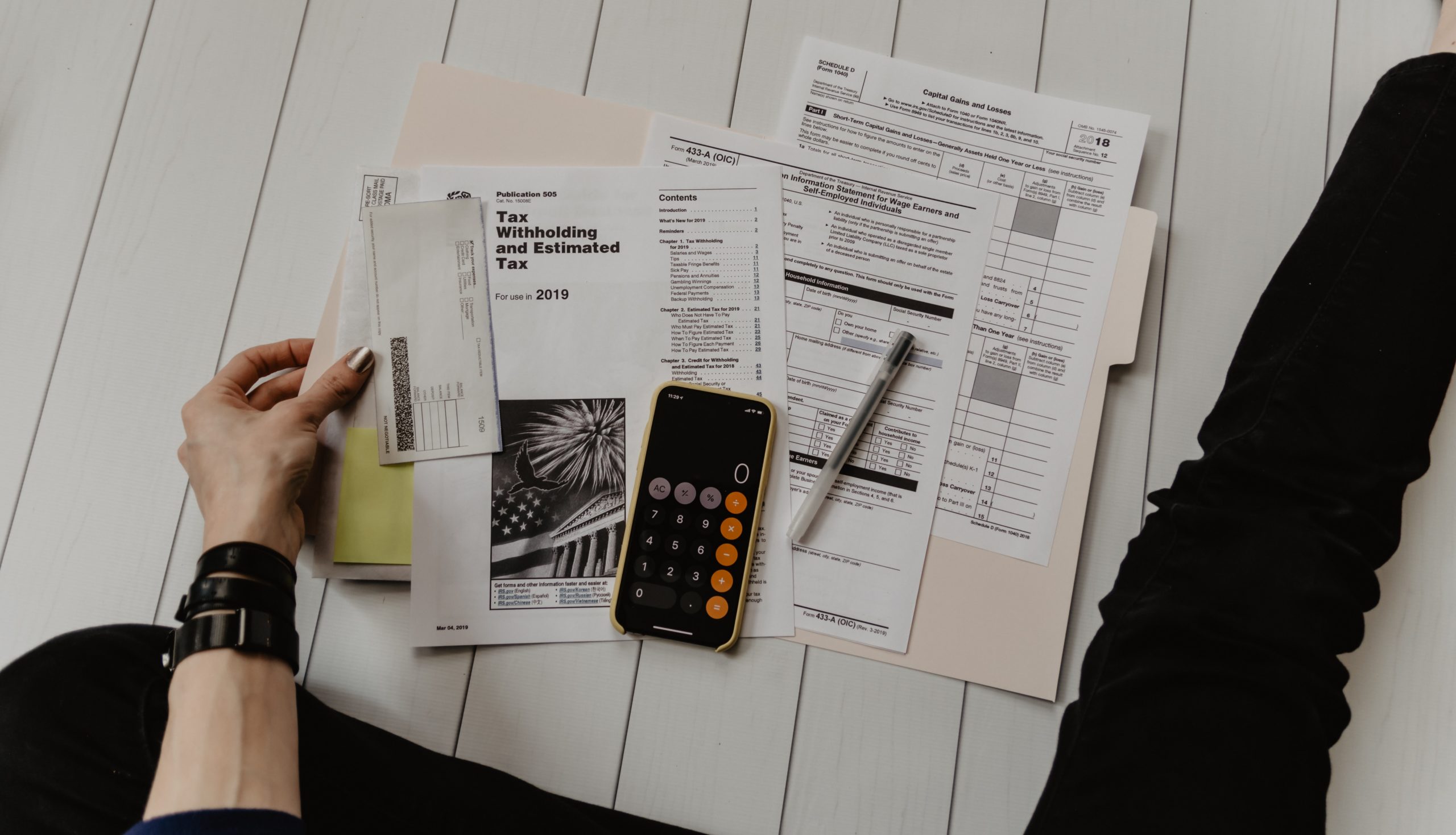HOT OFFER! Save $180 on selected internet plans + get beIN SPORTS CONNECT included!...Use promo code BEIN30 at checkout! Hurry, limited time only!
The time has come once again for Australians to prepare for tax season. As a matter of law, every Australian adult is required to submit an income tax return or notify the Australian Taxation Office (ATO) if a return is unnecessary.
To help you navigate tax time for the 2022/23 financial year, we’ve compiled essential information about everything from tax return tips and what you can claim as deductions to tax rates and how you can calculate this year’s tax bill—or tax refund!
Important: This is not professional tax advice, and you should always consult a registered tax agent for professional advice related to your taxable income, tax deductions and tax returns.
Your taxable income
In Australia, the financial year ends on 30 June, with the current income tax year spanning from 1 July 2022 to 30 June 2023. The deadline for lodging your tax return is 31 October 2023.
The ATO has enhanced its technology, now collecting various data related to your employment, bank accounts, shares and other investments, such as cryptocurrency or rental property, throughout the year. This information is then ‘pre-filled’ on your income tax return to calculate your tax deductions.
Here are some standard items you’ll need to lodge your income tax return:
- Payment Summary (PAYG)—your employer will submit this to the ATO on your behalf;
- Interest—Your bank should provide you with a receipt, but it will also appear on the ATO’s pre-filling record;
- Your spouse’s income;
- Expenses (deductions) related to generating your income.
Your PAYG payment summary
The PAYG Payment Summary is an annual record of the income you’ve earned from an employer during the financial year, formerly known as a group certificate. As an Australian taxpayer, you should receive a payment summary from your employer, which details the total amount you were paid for the financial year, as well as any withholdings from those payments.
The PAYG tax system is designed to make life easier for both employers and employees. It allows employers to adjust the amount of tax withheld from each paycheck, helping to cover the anticipated end-of-year tax liability. This way, instead of facing a hefty tax bill at the end of the financial year, the payments are spread out, making it more manageable to meet your tax obligations.
2023 income tax table
You might be happy to know that the Australian tax brackets haven’t changed since the last financial year. So, much the same as in 2022, in 2023, the tax rates are as follows:
| Taxable Income | Income Tax |
|
$0 to $18,200 |
Nil |
| $18,201 to $45,000 | 19c for each $1 over $18,200 |
| $45,001 to $120,000 | $5,092 plus 32.5c for each $1 over $45,000 |
| $120,001 to $180,000 | $29,467 plus 37c for each $1 over $120,000 |
| $180,001 and over |
$51,667 plus 45c for each $1 over $180,000 |
Work-related expenses & tax deductions
A common question during tax season in Australia is “what can I claim on my EOFY tax return?”. After all, who doesn’t want to know how to minimise tax in Australia?
Claims or tax deductions are expenses that are incurred in the process of generating your income. These may include:
- Receipts for work-related common expenses;
- Receipts for donations;
- Income protection insurances;
- Accountants invoice/receipt from the previous year.
The Australian Taxation Office (ATO) has updated the approach for claiming deductions related to working from home expenses, ensuring it better aligns with current remote work setups.
It was recently clarified that taxpayers have the option to use one of two methods to claim their work-from-home deductions: the “actual cost” or the “fixed rate” method. Changes will only affect the fixed rate method. (We’ll go into detail about this soon.)
How much tax will I have to pay on my tax return? Will I get a refund?
When discussing tax time, the conversation often shifts to, “how much did you get back?”.
Everyone’s tax situation is different. With various factors at play, it’s important to understand how these can have an impact on your overall tax bill or potential tax refund. These factors may include credits, low-income offsets, rental properties, cryptocurrency holdings, deductions and even Capital Gains Tax (CGT) from selling assets such as shares or real estate.
Remember, the ATO receives information from different sources and cross-checks your income tax return. So, it’s vital that you be honest and accurate with the details you provide.
Working out your working from home deduction – a guide from the Australian Taxation Office
The Australian Taxation Office (ATO) has updated the methods for claiming deductions related to working from home expenses. Assistant Commissioner Tim Loh mentioned that taxpayers can opt for either the “actual cost” or “fixed rate” method. The fixed rate method has been revised to better reflect current working from home situations.
It’s also important to note that the shortcut method—the 80c per work hour deduction—ended as of June 30, 2022.
The following information has been taken from the ATO website:
Revised Fixed Rate Method
- Applicable from 1 July 2022 for 2022–23 income tax returns
- Rate increased from 52 cents to 67 cents per work hour
- Covers the following expenses:
- Energy expenses (e.g. heating, cooling and lighting the area from which you are working and running items you are using for work)
- Phone usage (e.g. 5G MATE mobile plan)
- Internet
- Stationery
- Computer consumables (e.g. printer paper and ink)
- Separate claims must be made for:
- Decline in value of assets (computers and office furniture)
- Repairs and maintenance of assets
- Cleaning costs for dedicated home office
- Dedicated home office space is not required to make this claim
Record Keeping
- The ATO won’t accept estimates or 4-week representative diaries from 1 March 2023
- Document all hours worked from home for the entire income year
- Acceptable record formats:
- Timesheets
- Rosters
- Logs of time spent accessing employer or business systems
- Diary for the full year
Actual Cost Method
- Unchanged from previous rules
- Claim actual additional expenses you incur when working from home
- Requires detailed records for all working from home expenses claimed
- Can’t claim deductions for expenses already reimbursed by the employer
Purchasing Assets and Equipment
For home office equipment, including computers, printers, phones, furniture and furnishings—you can claim either the:
- the full cost of items up to $300;
- the decline in value (depreciation) for items over $300.

As a worked example, John claimed $836 from working from home using the revised fixed rate method. She worked at home an average of three (3) days per week over the course of twelve (12) months. As such, she claimed her MATE internet for the 156 days that she was WFH.
John claims:
- Her MATE internet plan (Ripper nbn 50/20) for 156 days x 8 hours x $0.67 = $836*
Total claim = $836.00
*Rounded to the nearest dollar amount.
Working out your taxable income – a worked example
Here’s a practical example of working out your assessable income and tax refunds on a home tax deduction.
Example: John earned $90,000 in the 2023 financial year as an employee. Her PAYG payment summary contains wages of $90,000 and taxes withheld of $27,800.
Throughout the 2022–23 financial year, John worked from home and had some expenses related to working from home. She wants to use the revised fixed rate method to calculate her deductions, which totalled $836. She had no other deductions in 2023.
| Income | $90,000 |
| Deductions | $836 |
| Net income | $89,164 |
How to work out tax payable
| Tax on first $45,000 | $29,467.00 |
| Tax on income for $89,164 – $45,000 at 32.5c per dollar | $10,690.04 |
| Tax on income earned | $19,445.00 |
| Medicare levy | $1,783.00 |
| Total payable | $21,228.00 |
| Tax paid 2023 | $27,800.00 |
| Tax payable (refundable) | ($6,572.00) |
Based on the above, John will receive a tax refund of $6,572.00 from her 2023 income tax return.
Lodging your tax return
Individuals can lodge their tax return in various ways, such as using the ATO’s online myTax service or engaging the services of a registered tax agent. If you are lodging your tax return via myTax, make sure you have a myGov account linked to the ATO.
Key Dates and Deadlines
- End of the financial year: 30 June 2023
- Tax return lodgment deadline: 31 October 2023*
- Deadline for tax agent lodgment: If you use a tax agent, the deadline may be later than 31 October, but you must be registered with your tax agent by that date.
*This is the same for individual tax returns, sole trader tax returns, and partnership and trust income tax returns. However, small company income tax returns generally have a lodgement and payment date set for 28 February.
Biggest Tip
The end of the financial year can be a challenging time, but understanding your tax obligations and potential deductions can make the process much smoother. At the end of the day, our biggest suggestion is to keep accurate records. Although it may sound tedious, trust us, it’s incredibly satisfying to have well-organised files at the end of the year, especially when you’ve been following a solid budget plan.
To make this task a breeze, we recommend finding a user-friendly app for tracking expenses. With most of us owning smartphones equipped with cameras, simply snap photos of your receipts to attach to each expense. This practical approach will save you both time and money while ensuring you stay on top of your finances.
Frequently asked questions
What is the tax-free threshold in Australia?
The tax-free threshold in Australia is $18,200 for the 2022/23 financial year. If your total income for the year is below this amount, you will not have to pay tax on your income.
What are the main types of income that must be declared on my tax return?
You should declare all income you receive, including salary and wages, government payments, rental income, interest, dividends, capital gains and income from any other sources.
Can I claim the cost of self-education and training courses on my tax return?
You can claim self-education expenses as a tax deduction if the course you undertake is directly related to your current employment and is intended to maintain or improve your skills or qualifications.
Do I need to declare income from a side gig or freelancing?
Yes, you need to declare any income you earn from a side gig or freelancing on your tax return. You can also claim expenses related to earning this income, such as equipment, travel and advertising costs.
What is the Medicare Levy, and who has to pay it?
The Medicare Levy is a tax that helps fund Australia’s public health system. Most taxpayers pay a 2% Medicare Levy based on their taxable income. However, some individuals may be eligible for a reduction or exemption based on specific circumstances, such as low income or certain medical conditions.
How do I know if I need to pay Capital Gains Tax (CGT)?
You may have to pay CGT if you sell a capital asset, such as property, shares or certain collectibles, and make a profit. Some assets, like your primary residence or personal use items, may be exempt from CGT. If you’re unsure about your CGT obligations, consult a registered tax agent.
What happens if I miss the tax return lodgement deadline?
If you miss the tax return lodgement deadline (31 October), you may receive a fine. However, if you have a legitimate reason for missing the deadline or if you’re using a registered tax agent, you may be granted an extension.
How can I check the progress of my tax return?
You can check the progress of your tax return through your myGov account linked to the ATO or by contacting the ATO directly. Typically, it takes around two weeks for the ATO to process electronically lodged tax returns.




